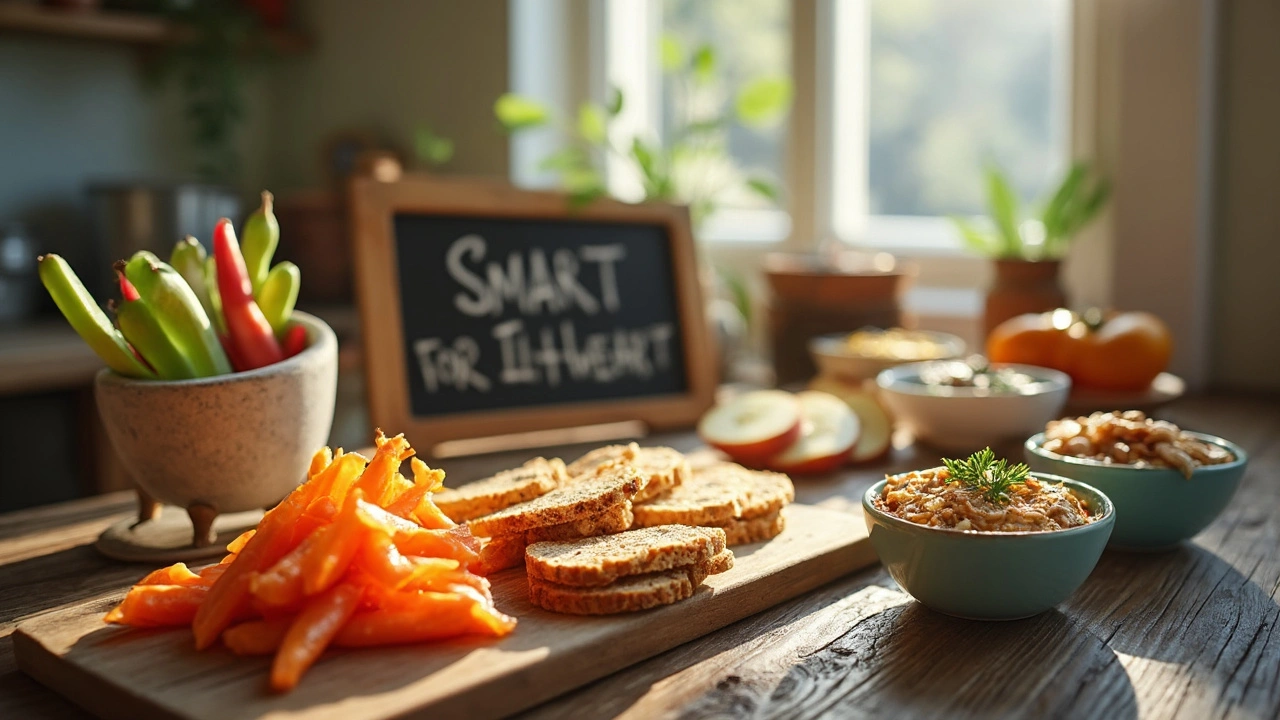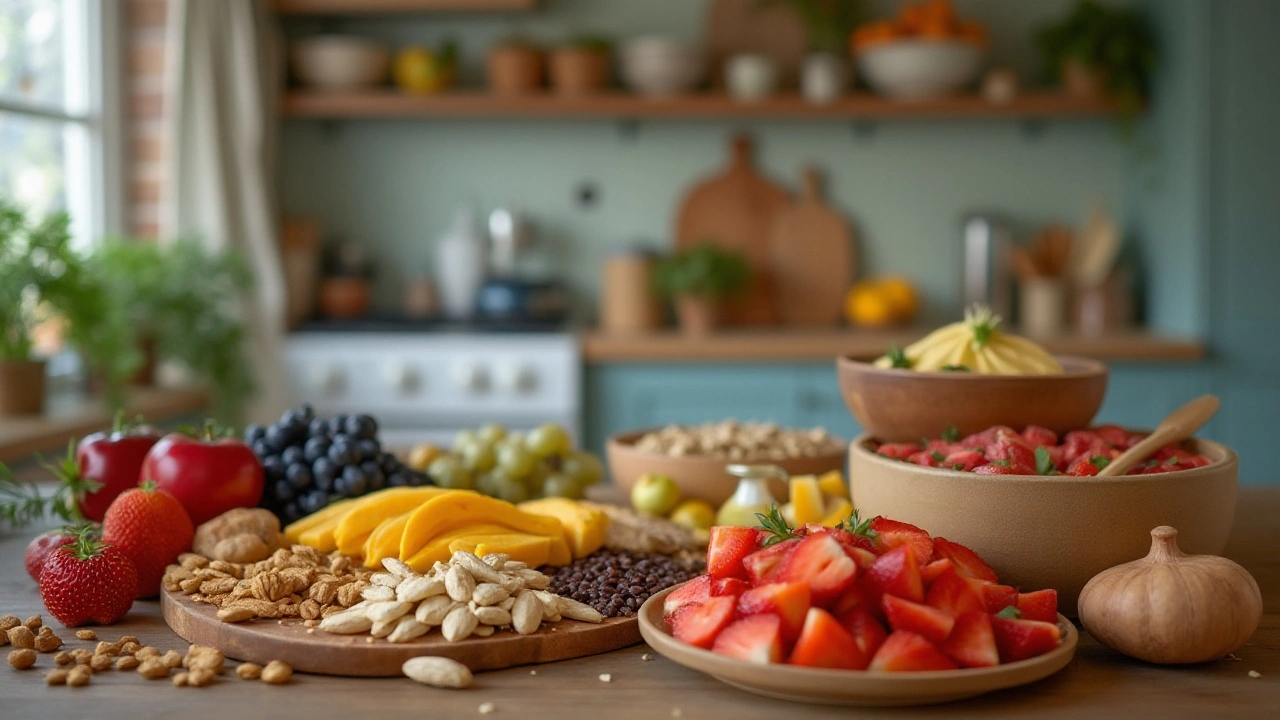Nutritious Snacks for Dogs: Simple, Safe, and Tasty
Want better snacks for your dog without the junk? Smart treats can reward good behavior and add real nutrition. Below are easy ideas, clear portion tips, and a few quick recipes you can make in minutes.
Treats should be tasty, low in bad ingredients, and fit into your dog’s daily calories. Aim for treats to be under 10% of total daily calories. That keeps weight steady while letting you train and spoil your pup.
Top safe ingredients and why they work
Lean cooked chicken or turkey: high in protein, low in fat. Cut into tiny pieces for training sessions. Plain canned pumpkin (not pie filling): great for digestion and a good source of fiber. Sweet potato: bake thin slices for a chewy, nutrient-dense snack. Blueberries and apple slices (no seeds): antioxidants and natural sweetness. Plain yogurt (unsweetened, no xylitol): adds probiotics and calcium — give small spoonfuls.
Vegetables like green beans, carrots, and cucumber are low-cal and crunchy. They make great everyday rewards. Frozen cubes of plain broth (low-sodium) can be a cooling, hydrating treat on hot days.
Quick homemade snack recipes
Pumpkin Oat Bites: Mix 1 cup plain canned pumpkin, 1 large egg, and 1 to 1.5 cups oats. Drop spoonfuls onto a baking sheet and bake 12–15 minutes at 350°F. Let cool. Keeps in the fridge for 5–7 days or freeze portions.
Baked Sweet Potato Chews: Slice a sweet potato into 1/4" rounds, bake at 250°F for 2–3 hours until chewy. Store in an airtight container for up to a week.
Frozen Yogurt Pops: Mix 1 cup plain yogurt with mashed banana or blueberries. Spoon into ice cube trays and freeze. Pop one out for a cool, low-cal treat.
Use soft treats like pumpkin bites for puppies or dogs with dental issues. Chewy chews work well for heavy chewers but watch calories.
Avoid these ingredients: grapes, raisins, chocolate, xylitol (in sugar-free items), onions, garlic, and macadamia nuts. Also skip sugary human snacks and raw bread dough. Read labels and watch for hidden sweeteners or excess salt.
Portion tips: Small dogs — one to two tiny treats per session. Medium dogs — three to four. Large dogs — five to six. Cut store-bought treats into smaller pieces to stretch them further.
Buying tips: Look for short ingredient lists, named protein sources (chicken, beef), no artificial colors, and no xylitol. Choose treats with added fiber or limited calories if your dog needs to lose weight.
Storage: Refrigerate fresh snacks and use within a week. Freeze portions for longer storage. Label homemade batches with date and ingredients.
Swap snacks for training and bonding moments. Try different textures so your dog stays interested. Small changes to treats can improve digestion, energy, and long-term health—without sacrificing the fun of rewarding your pup.

Healthy Snacks Your Heart Will Love: Smart Choices for Daily Munching
Heart-healthy snacks don't have to be bland or boring. This article digs into tasty, low-effort snack ideas that help lower cholesterol and manage blood pressure. You’ll get quick tips, easy swaps, and insight into which everyday foods actually support your heart. Practical advice and real science make it easy to snack smarter. Don’t let cravings mess with your health — turn snack time into a win for your heart.

Delicious and Nutritious Snacks for Diabetes Management
Discover a world of satisfying and health-conscious snack options tailored for those managing diabetes. This article delves into tasty choices that not only keep blood sugar stable but also provide essential nutrition to help maintain energy levels throughout the day. Learn practical tips on snack preparation and explore why a balanced diet plays a vital role in managing diabetes effectively. By choosing wisely, snacking can be both an enjoyable and beneficial part of a diabetic-friendly lifestyle.




